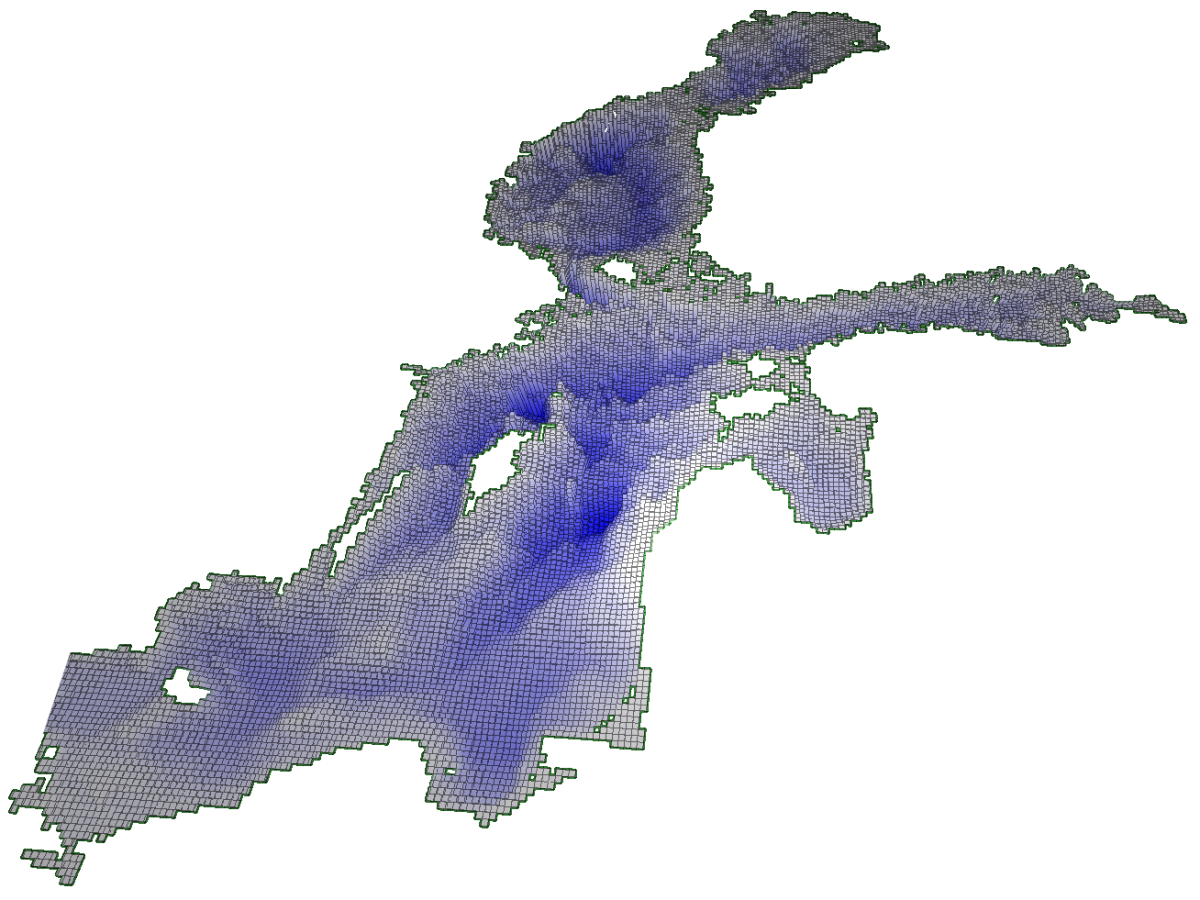The Finnish Meteorological Institute is studying how marine heat could be utilised on the Baltic coast

Business Finland-financed SeaHeat - Sea as an Energy Source for District Heating project produces three-dimensional temperature data of the Baltic Sea, based on temperature and salinity observations made in the Baltic Sea and model calculations made with supercomputers.
Data describing the characteristics of sea water are combined with depth and geographical data on the use of water areas, such as protected areas and buffer zones. These are used to determine areas where the technical and economic viability of sea heat pumps could be examined in more detail.
As solutions based on seawater heat pumps are decades-long investments, an estimate of the future development of seawater temperature and stratification is linked to the analysis. Additionally, the project also analyses the local environmental impacts of cooled seawater recycled by the sea heat pumps.
Map tool to support the planning
The project will create an open-source map tool, which can be used to assess the technical design of marine heat pumps, the profitability of an investment and the potential for emission reductions in the desired area.
In cooperation with the Finnish business sector, the project will draft a comprehensive service concept that includes an assessment of regional export potential, planning of energy production based on seawater heat pumps, technical and technological implementation, integration with local systems and maintenance services.
"In addition to supporting the export industry, the project naturally also helps with planning for ways to generate the district heating needed by the towns and cities on the Finnish coast," says project head Lauri Laakso, "such as the national emission reductions achievable in sea heat projects under preparation in Helsinki."
Potential of sea heat pumps
Indoor heating accounts for 27% of end-user energy consumption in Finland. Northern Europe, in particular, focuses on centralised generation of district heating for indoor heating. One possible non-combustion based, technologically mature method for producing large amounts of heat is based on the use of seat heat pumps. Heat pump solutions can generate heat energy with good efficiency.
Further information:
Head of Group Lauri Laakso, Finnish Meteorological Institute, tel. +358 50 525 7488, lauri.laakso@fmi.fi
The SeaHeat - Sea as a Source of Energy for District Heating project will be implemented in 2023–2025 in cooperation with the Finnish Energy Industry Association, the Association of Finnish Local and Regional Authorities, the Finnish Heat Pump Association SULPU, Helen Oy, AFRY Finland Oy, Alef Geo-Consulting Oy, Oilon Technology Oy, Vahterus Oy, Luode Consulting Oy and Spatineo Oy. International research partners in the project include SMHI in Sweden, Taltech in Estonia, and IOPAN in Poland.


